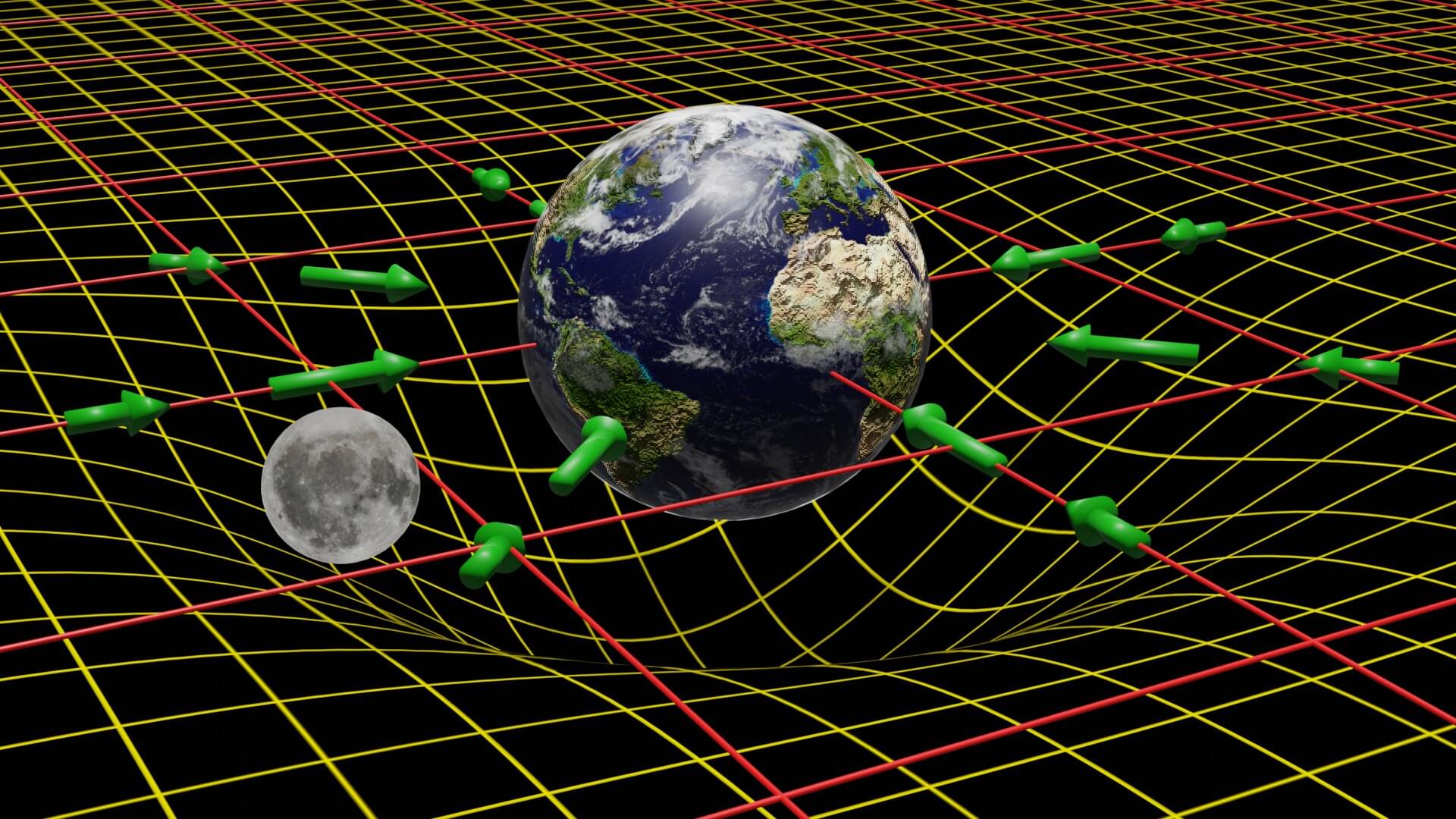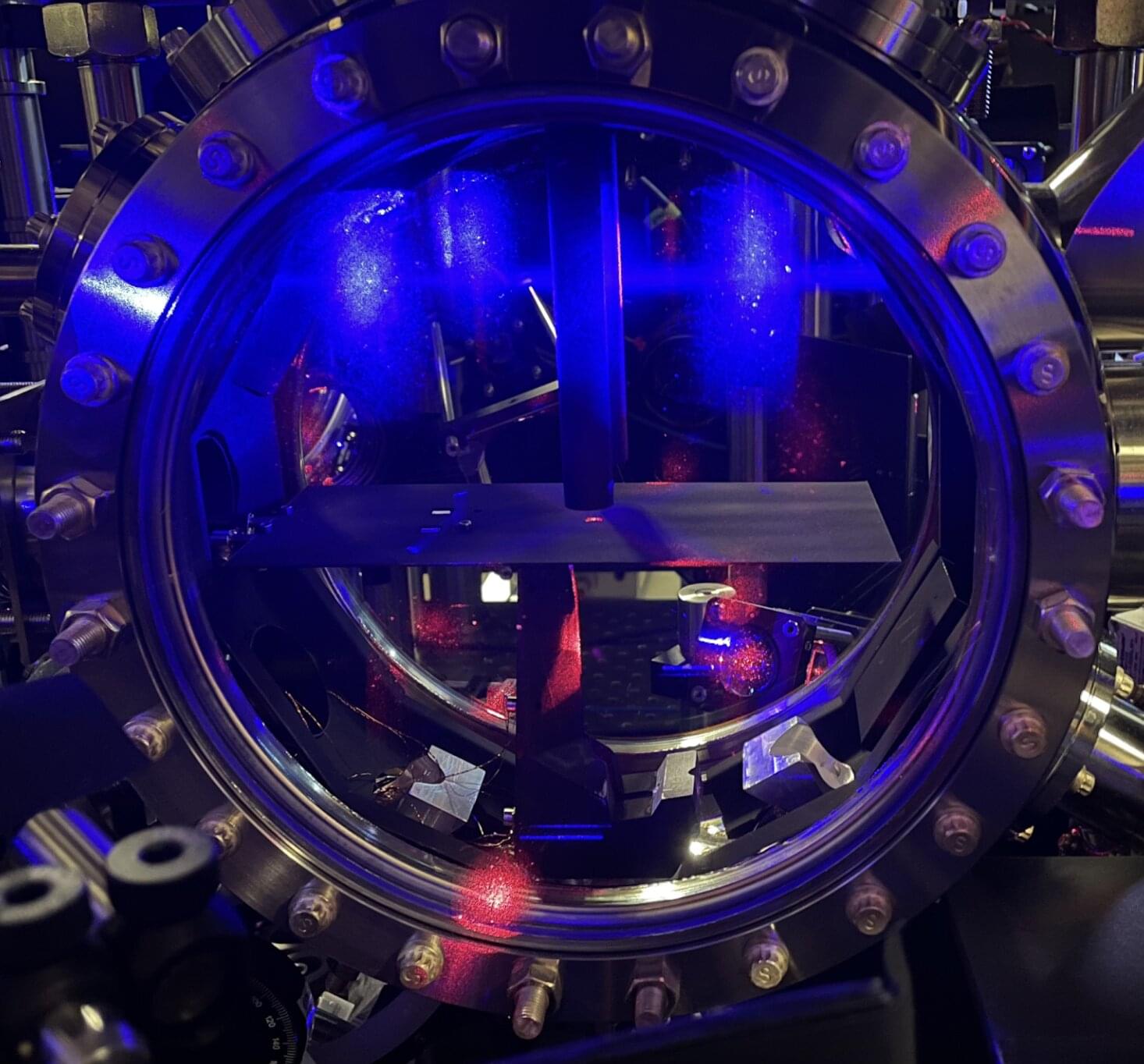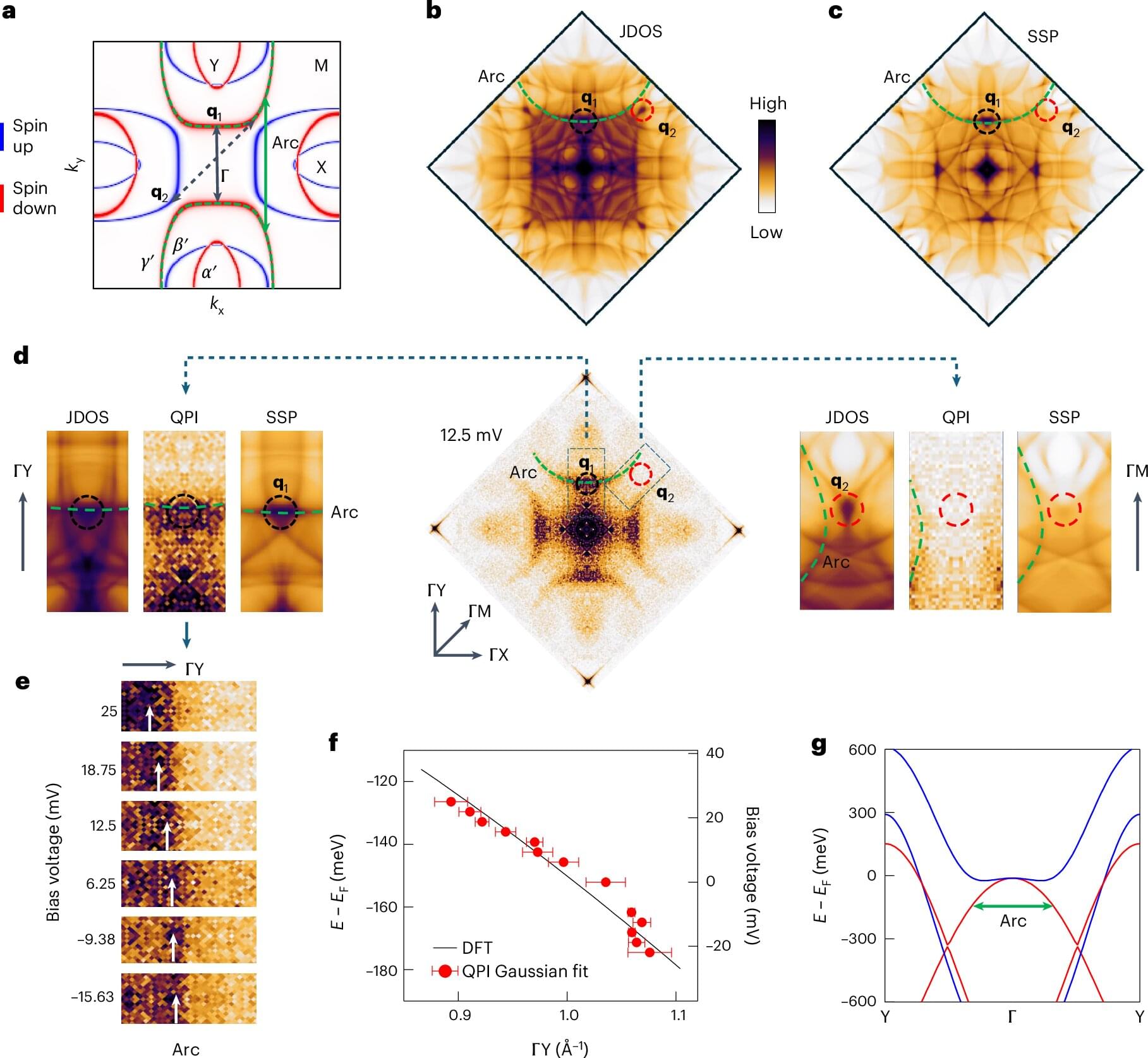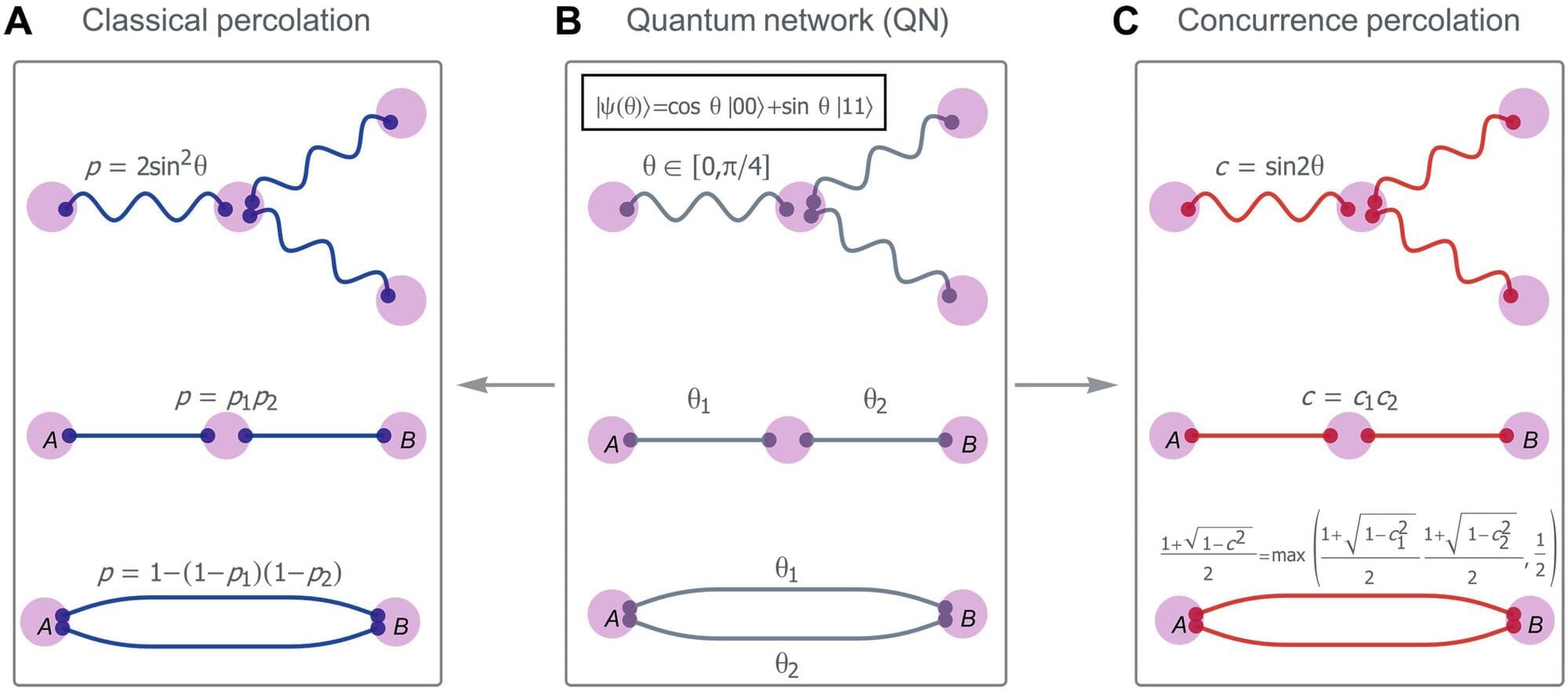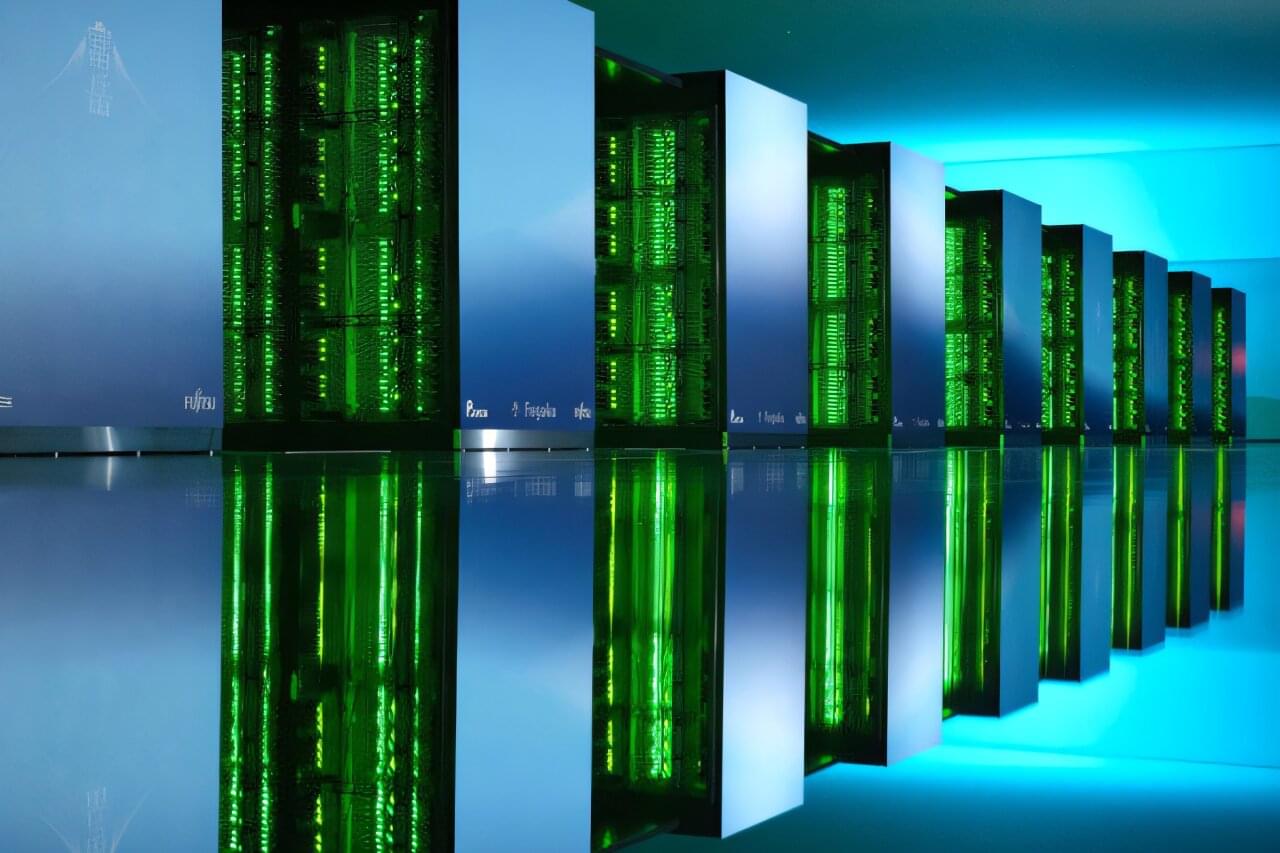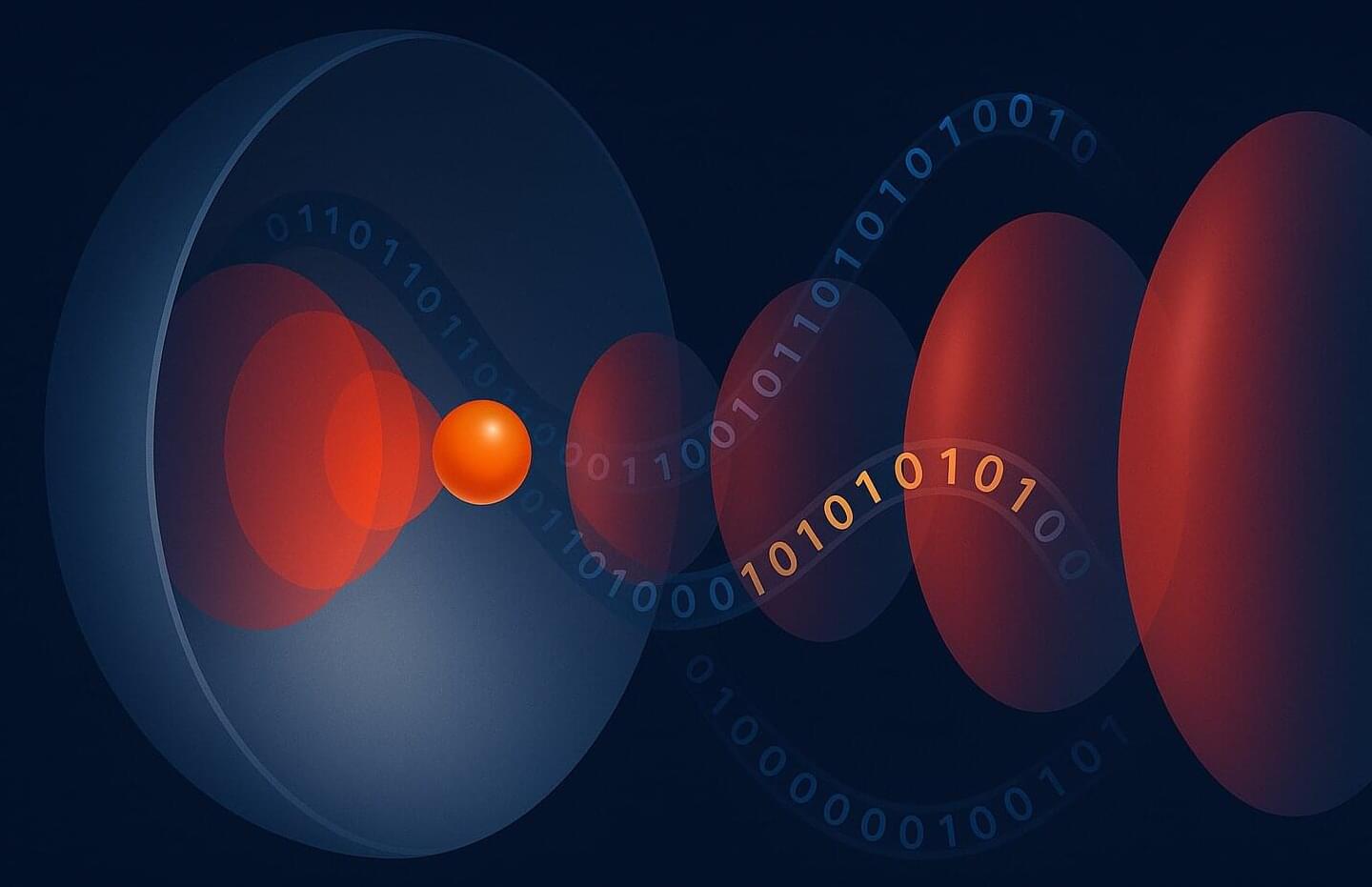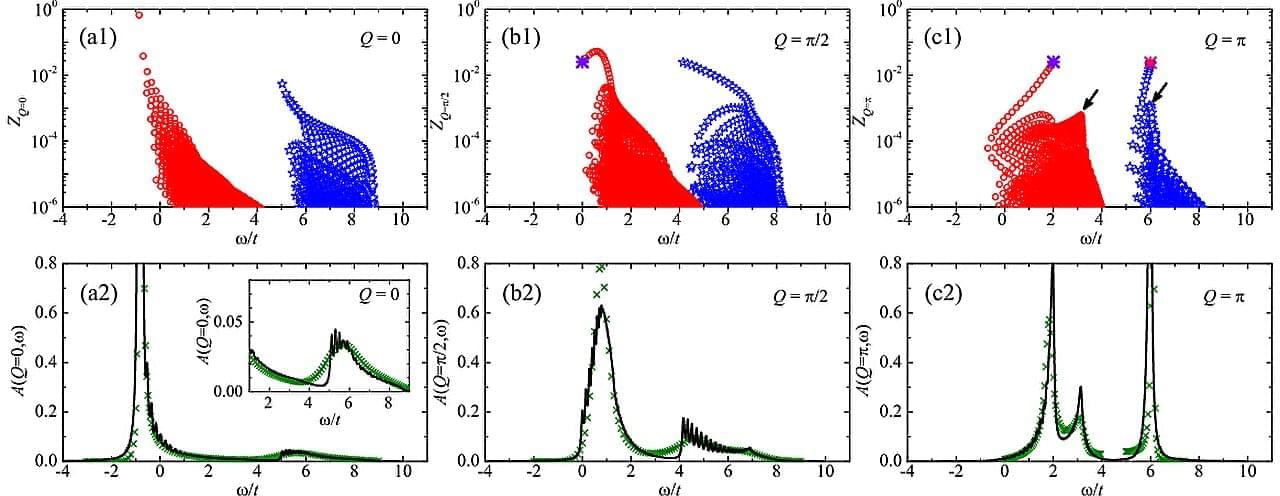At long last, a unified theory combining gravity with the other fundamental forces—electromagnetism and the strong and weak nuclear forces—is within reach. Bringing gravity into the fold has been the goal of generations of physicists, who have struggled to reconcile the incompatibility of two cornerstones of modern physics: quantum field theory and Einstein’s theory of gravity.
Researchers at Aalto University have developed a new quantum theory of gravity which describes gravity in a way that’s compatible with the standard model of particle physics, opening the door to an improved understanding of how the universe began.
While the world of theoretical physics may seem remote from applicable tech, the findings are remarkable. Modern technology is built on such fundamental advances—for example, the GPS in your smartphone works thanks to Einstein’s theory of gravity.
